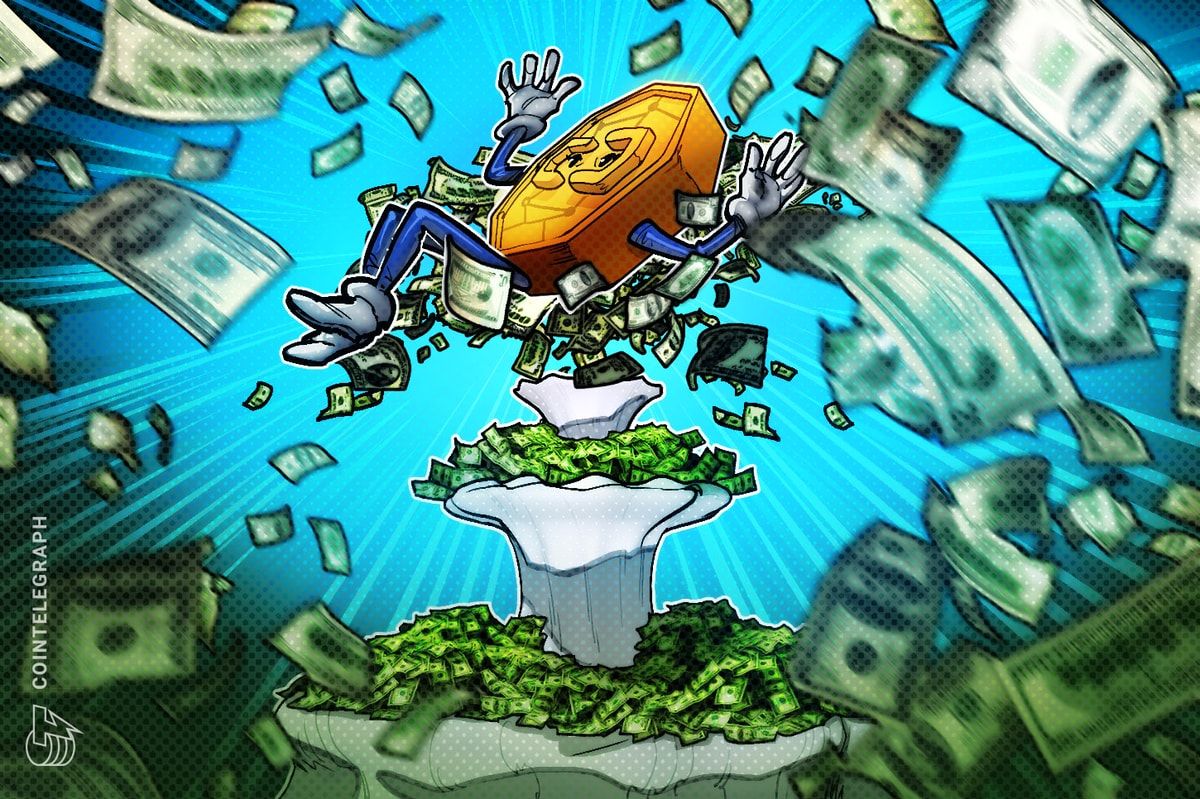The pressure is mounting on the major economies of the world. This can be clearly evidenced by observing central bank monetary policy over recent years in various countries. Bitcoin was envisaged to solve this problem but more people need to start using it for that to occur.
Monetary Madness
Geopolitical tensions may have eased somewhat over the past few days but economic ones have not.
US president Trump may harp on about how strong the stock market is at the moment but he fails to mention the weakening strength of the dollar, or escalating cash injections that are still being carried out by the central bank in the name of quantitative easing.
According to the WSJ, another $41 billion was injected into financial markets by the New York FED last week. These ongoing repo interventions take in bonds from eligible banks for short-term loans of central bank cash, which is collateralized by the securities.
The central bank has been injecting money into markets since September to keep liquidity high and allow banks to issue more loans which increases overall debt. TD Securities analysts added that the FED’s involvement in the repo market is far from over, they are expected to continue at least until May 2020 which increases the hedge narrative for bitcoin.
According to the figures the national debt is now a staggering $23.1 trillion and climbing. As recently reported by Bitcoinist, Trump has signed $4.7 trillion in debt into law, since his inauguration in 2017. Comparatively this would put the price of a single bitcoin at $260,000.
According to reports, last month the World Bank issued a stark warning stating that a wave of debt in emerging and developing nations has grown faster and larger than in any period of the last five decades and could end with another crisis.
The IMF also reported that total global debt rose to $188 trillion at the end of 2018, equivalent to nearly 230 percent of the world’s economy.
Bitcoin Solves This
The US is not alone with its central bank monetary madness. A similar situation has been developing in China where years of strong economic growth are starting to slow down. This chart illustrates what central banks have been doing over the past few years;
Central Banks around the world have pumped tons of liquidity into the markets to kill volatility.
Global Central Bank Put in one Chart: Central Banks around the world have pumped tons of liquidity into the markets to kill volatility. The People’s Bank of China has expanded its balance sheet the most in the past 15yrs. pic.twitter.com/8qbXKDzyrr
— Holger Zschaepitz (@Schuldensuehner) January 11, 2020
Recent reports indicate that the People’s Bank of China will start reducing the portion of deposits commercial banks are required to set aside as reserves. This would effectively release billions of dollars to the financial system to help boost economic growth.
It is becoming a common theme for the major economies of the world as central banks manipulate their fiat financial systems to keep themselves afloat when all signals are flashing red.
Bitcoin solves this by being the only form of currency with a truly finite supply that cannot be manipulated by any overbearing authority. By its very design it attempts to remove trust from the established financial institutions of the world and place power back into the hands of the individual.
As Satoshi Nakamoto wrote a decade ago following the last bank induced financial crisis;
The central bank must be trusted not to debase the currency, but the history of fiat currencies is full of breaches of that trust.
During its early years, anyone with a computer and an internet connection could contribute to the Bitcoin network and be directly involved in the creation of new bitcoin. This was the first time currency creation was accessible to a global audience, and not just exclusively for government authorities.
Coupled with the immutability of a blockchain ledger, it meant that Bitcoin was also the first currency to be totally transparent and incorruptible.
To date, Bitcoin still remains the only currency which cannot be quantitatively eased on demand by global institutions.
Would a switch to bitcoin as currency solve the global banking crisis? Add your thoughts below.
Images via Shutterstock, Twitter @Schuldensuehner









